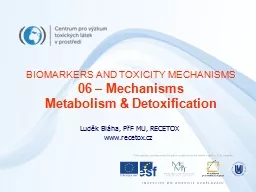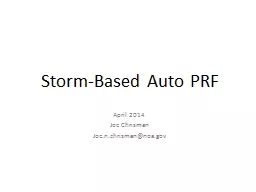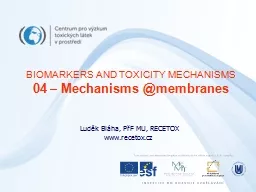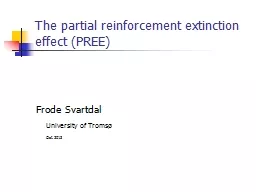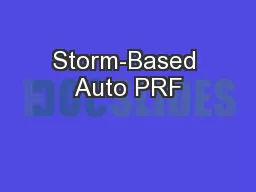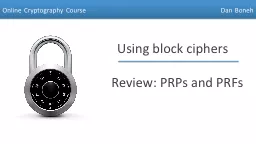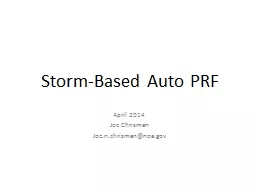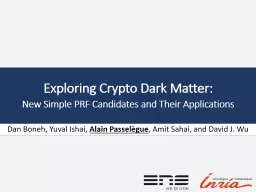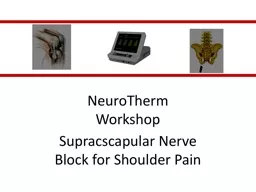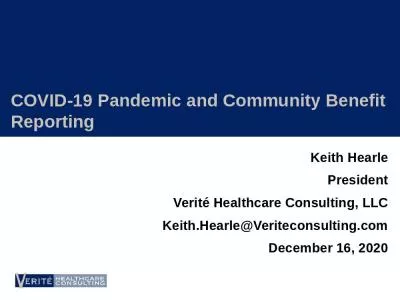PPT-Luděk Bláha, PřF MU
Author : calandra-battersby | Published Date : 2018-03-18
RECETOX wwwrecetoxcz BIOMARKERS AND TOXICITY MECHANISMS 06 Mechanisms Metabolism amp Detoxification Metabolism and detoxification Chemicals enter body mostly
Presentation Embed Code
Download Presentation
Download Presentation The PPT/PDF document "Luděk Bláha, PřF MU" is the property of its rightful owner. Permission is granted to download and print the materials on this website for personal, non-commercial use only, and to display it on your personal computer provided you do not modify the materials and that you retain all copyright notices contained in the materials. By downloading content from our website, you accept the terms of this agreement.
Luděk Bláha, PřF MU: Transcript
Download Rules Of Document
"Luděk Bláha, PřF MU"The content belongs to its owner. You may download and print it for personal use, without modification, and keep all copyright notices. By downloading, you agree to these terms.
Related Documents

